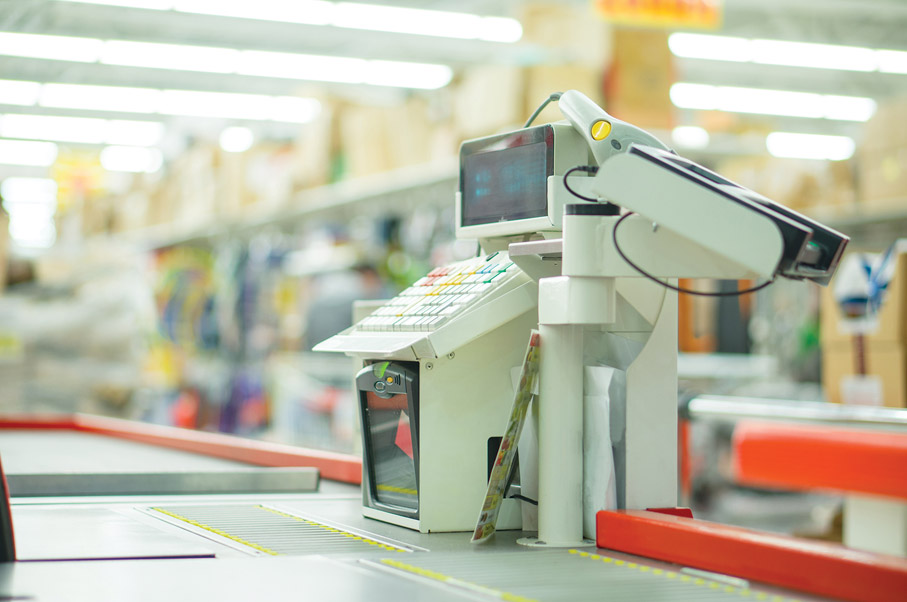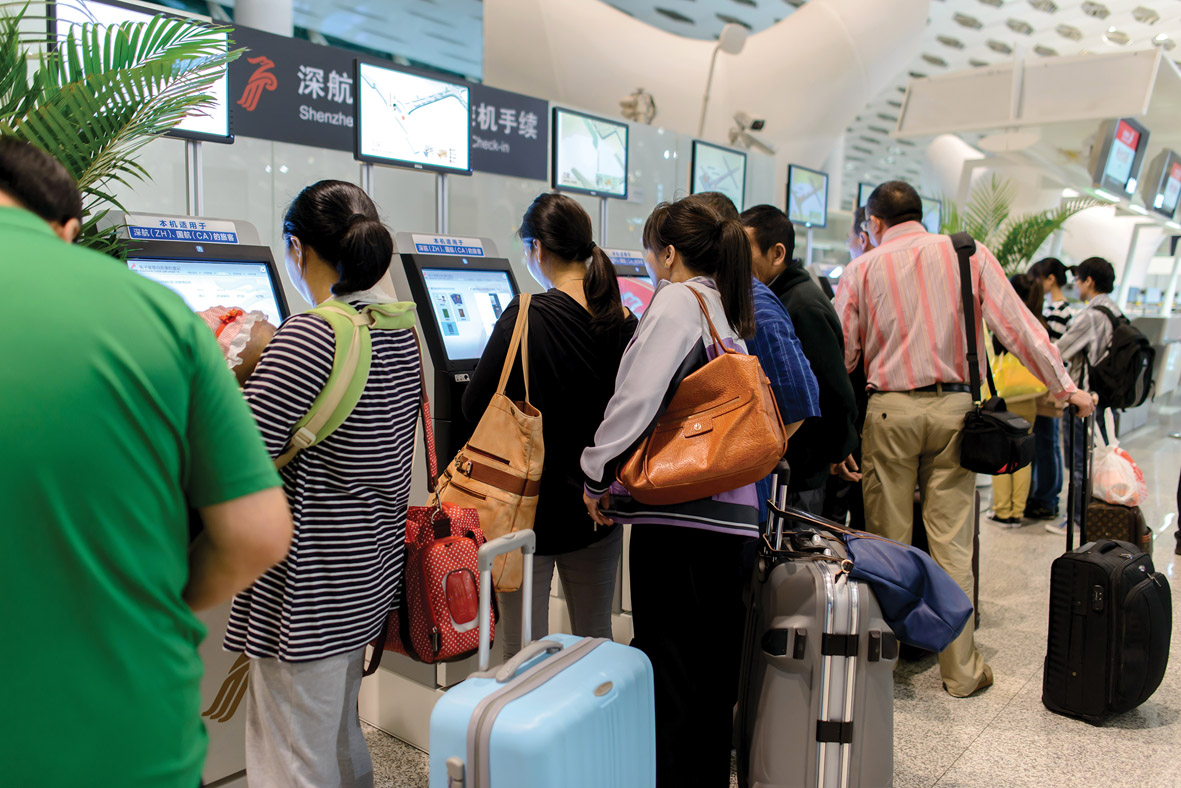1.1 Introduction
The computer industry is constantly changing, with new technologies emerging in a continuing effort to push the boundaries and limitations of current technology. Developers are always searching for faster and better ways to do various tasks.
New technology is generally aimed at improving some situation. However, a change to using the new technology will affect users of the current system in various ways. These effects can be to the advantage or disadvantage of the user, depending on the situation. For example, new technology that will recognise and convert speech to text is fantastic for disabled people who cannot type, as well as for other people who find it difficult to use a word processor. On the other hand, new technology that further automates a commercial system, while an advantage to the owners, can result in job losses for employees, which is a negative effect. Can you imagine the effect on employment opportunities for shop assistants if all purchases were made via online shopping on the internet?
In this section you will look at the components of digital information systems, the users and developers of these systems and the effect of new technologies on the user.
A supermarket would use an automated system to record purchases at the checkout, as well as accounting and inventory procedures to keep track of sales and stock movements.
An airline would use an information system to keep track of flights and baggage, and to facilitate check-in procedures.

